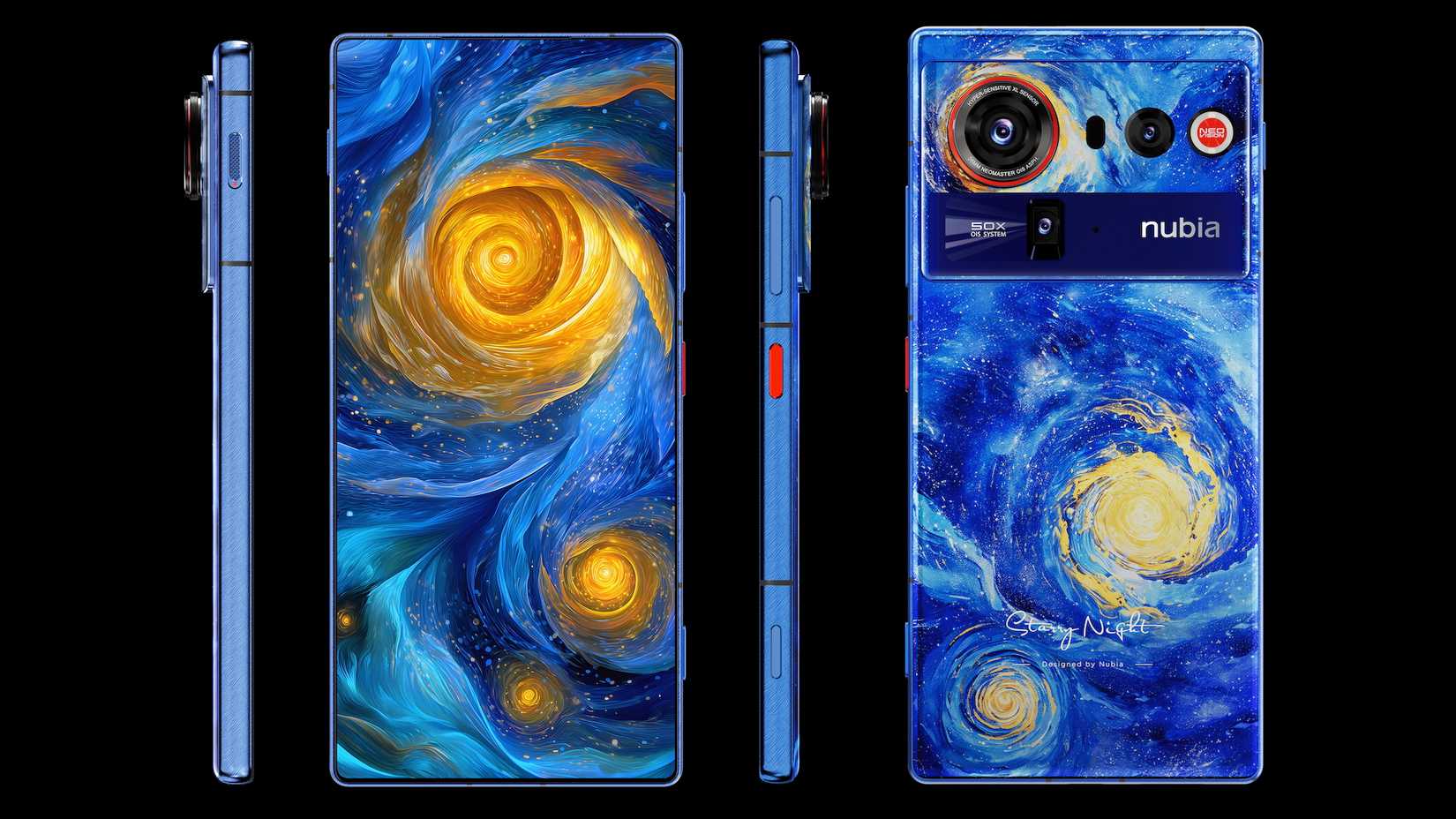It has been years since I last used a Nubia smartphone, so it’s a lovely surprise to find one of the most exciting cameras I’ve used in a while attached to the Nubia Z80 Ultra, the latest from the company.
There’s no special brand partnership, no extendable lens or other gimmick, just a tried-and-tested approach to cracking photography, and I’ve loved using it so far.
What makes the camera special?
Forget 3x or 5x zoom
The first thing you notice after firing up the Z80 Ultra’s camera app is it doesn’t show a 1x, 5x, or 0.6x indicator for changing lenses, and instead chooses to label them 35mm, 18mm, and 85mm.
Regular cameras usually use a 35mm focal length as the default standard, but smartphones have long used 24mm instead, giving a wider view that’s more usable in more situations. You can select 24mm on the Z80 Ultra, but it defaults to 35mm.
Shooting like this means you’re a little closer to your subject than expected, like you’re taking photos at 2x, and it requires a bit of recalibration if you’re used to a standard phone camera. It’s a lot of fun, and the Z80 Ultra’s 1/1.3-inch main camera gives shots a lovely, pro-looking depth of field without the need for a portrait mode or zoom.
Now I’ve explained all this, here are the headline camera specs for the Nubia Z80 Ultra. The 35mm main camera has 50 megapixels and optical image stabilization (OIS). The wide-angle also has 50 megapixels, while the telephoto has 64 megapixels.
Let’s see some examples
Taking photos with the Z80 Ultra
The Nubia Z80 Ultra’s camera takes colorful, vibrant, and detail-filled photos. I’ve been really impressed with the sharpness, which the camera retains regardless of zoom level, and the accuracy of its white balance and exposure.
Take a look at the photos in the gallery below, which were all taken on a morning out and about, in changeable weather conditions. I could get creative, or just leave the camera in its 35mm setting and snap away, confident it would take the photo I envisaged.
The camera app itself is a little strange though. It has both a Photo and a Street shooting mode, but it doesn’t appear to alter the look of your photos, and instead adds in a 24mm and a 50mm shortcut which are missing from the Photo mode.
There’s also a selection of filters which can be manually adjusted to get the right look, all using an interface directly copied from Apple’s Photographic Styles as seen on the iPhone 17 Pro Max. Elsewhere, the camera app has a full Pro mode, a series of different presets, and a video mode that shoots up to 4K resolution at 120fps.
Finally, there’s a 16MP Under-Display Camera (UDC) in the screen, and it’s practically impossible to spot until a little ring light illuminates when it’s activated. Quality isn’t bad, but it’s heavy-handed with the smoothing, so it appears you’ve used the Beauty mode even if you turn it off. It’s fast when used for face unlock though.
What about the rest of the phone?
More than one special physical button
The Nubia Z80 Ultra certainly lives up to its Ultra name. It’s a huge phone, measuring 8.6mm thick and weighing 227 grams. There’s a bulky thickness to the body which makes it quite hard to manage with one hand, which is a shame as there is a cool physical shutter button on the side.
The button is set less than an inch from the bottom of the phone, and you need to hold the phone with two hands in order to use it. It’s a two-stage button, with a light press confirming focus before pressing fully to take the photo. You can also long-press the button from the lock screen to activate the camera. The awkward placement limits its versatility though.
On the other side of the phone is another physical control, and it’s a slider for switching between silent and ring modes, just like the old OnePlus Alert Slider control. What a joy it is to use a phone with two handy physical controls, neither of which open some silly AI feature.
How about the spec?
True flagship power
The Nubia Z80 Ultra is a powerful, modern smartphone. The Qualcomm Snapdragon 8 Elite Gen 5 powers it, with up to 24GB of RAM and 1TB of storage space. The body is both IP68 and IP69 dust and water resistant, with a choice of three different colors. You can get the white seen in our photos, a black, or choose the wild blue model with its “starry night” decoration for maximum impact.
On the front is a big, uninterrupted 6.85-inch OLED screen with a 144Hz refresh rate and a 2,500 nits peak brightness, while inside is a 7,200mAh silicon-carbon battery with 80W wired and wireless charging.
The software is Android 16 with Nubia’s NebulaAI OS interface. I haven’t spent enough time with the phone to assess the software, but it’s smooth and fast so far, and there are surprisingly few pre-installed apps to deal with. It even makes do with Google Photos rather than a proprietary Gallery app.
Nubia Z80 Ultra availability
When and where?
THe Nubia Z80 Ultra won’t be coming to the U.S. (but I doubt you’re surprised), but it will be released in the U.K., Europe, and a variety of other global regions. At the time of writing, the price has not been confirmed.
While the Z80 Ultra’s hardware is a real handful, it does hide one of the most exciting new smartphone cameras of the year, and I’ve had a lot of fun taking photos with it already.
If you’re looking for a smartphone that takes photography more seriously than Samsung, and have grown tired of Google’s reliance on AI to update its cameras, the Nubia Z80 Ultra should be at the top of your list of phones to consider.









